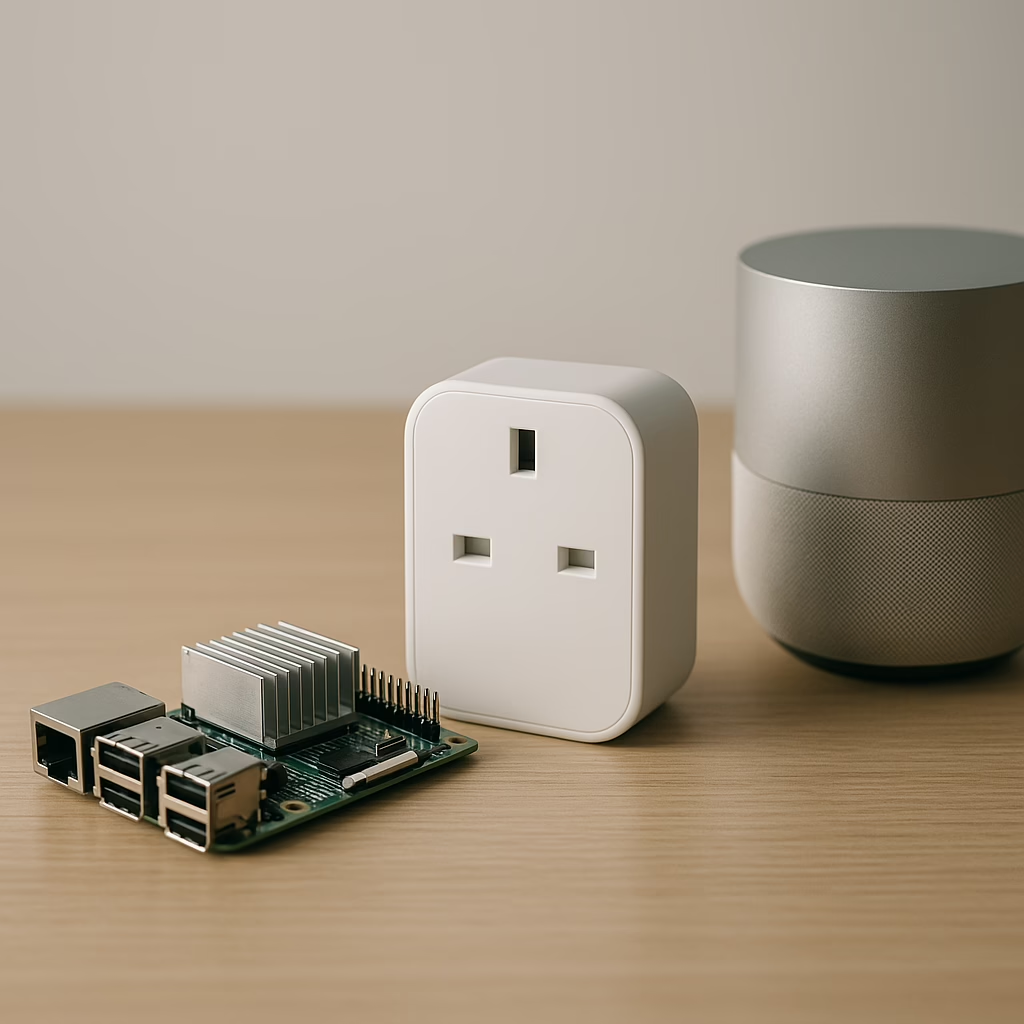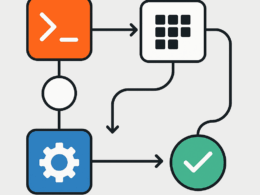Introduction
In the realm of smart home automation, two prominent tools have gained significant traction: ESPHome and Home Assistant. Both platforms offer unique capabilities for integrating and managing smart devices, but they serve different purposes and audiences. This article aims to compare ESPHome and Home Assistant, highlighting their integration capabilities, advantages, and how they can work together to enhance your smart home experience.
What is ESPHome?
ESPHome is an open-source firmware generator that allows users to create custom firmware for ESP8266 and ESP32 microcontrollers. By using a simple YAML configuration, users can turn these microcontrollers into smart home devices that can communicate with Home Assistant and other platforms. Key features of ESPHome include:
- Custom Firmware Generation: Users can define the behaviour of their devices through YAML files, making it easy to create tailored solutions.
- Seamless Integration: ESPHome devices integrate smoothly with Home Assistant via the ESPHome native API, allowing for real-time updates and control.
- Wide Compatibility: ESPHome supports various microcontrollers, including ESP32, ESP8266, and others, making it versatile for different projects.
What is Home Assistant?
Home Assistant is an open-source home automation platform that provides a central interface for managing and automating smart devices from various manufacturers. It supports thousands of integrations, enabling users to control lights, sensors, cameras, and more from a single dashboard. Key features include:
- Extensive Integration Capabilities: Home Assistant supports over 2,000 integrations, allowing users to connect a wide range of devices and services.
- Automation and Scripting: Users can create complex automations and scripts to enhance their smart home experience, making it highly customisable.
- User-Friendly Interface: Home Assistant offers a web-based interface that is accessible from any device, making it easy to manage smart home devices.
Comparing Integration Capabilities
When it comes to integration, both ESPHome and Home Assistant excel in different areas:
- ESPHome: Primarily focuses on creating custom firmware for microcontrollers, making it ideal for DIY enthusiasts who want to build their own smart devices. It simplifies the process of integrating these devices with Home Assistant, providing real-time updates and control.
- Home Assistant: Acts as a central hub for managing various smart devices, including those powered by ESPHome. Its extensive library of integrations allows users to connect devices from different manufacturers seamlessly.
Advantages of Using ESPHome with Home Assistant
Combining ESPHome with Home Assistant offers several advantages:
- Customisation: Users can create highly customised devices tailored to their specific needs, enhancing the overall smart home experience.
- Real-Time Updates: ESPHome devices maintain a persistent connection with Home Assistant, allowing for immediate updates and control.
- Ease of Use: The integration process is straightforward, with ESPHome providing clear documentation and support for users.
Potential Challenges
While both platforms offer significant benefits, there are challenges to consider:
- Learning Curve: For users new to DIY electronics, there may be a learning curve associated with setting up ESPHome and configuring devices.
- Compatibility Issues: Users must ensure that their chosen microcontrollers and devices are compatible with both ESPHome and Home Assistant to avoid integration issues.
Conclusion
Choosing between ESPHome and Home Assistant ultimately depends on your needs and expertise. ESPHome is an excellent choice for those looking to create custom smart devices, while Home Assistant serves as a powerful hub for managing a diverse range of smart home products. By leveraging both platforms together, users can create a highly personalised and efficient smart home ecosystem that meets their unique requirements.








